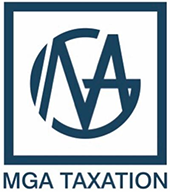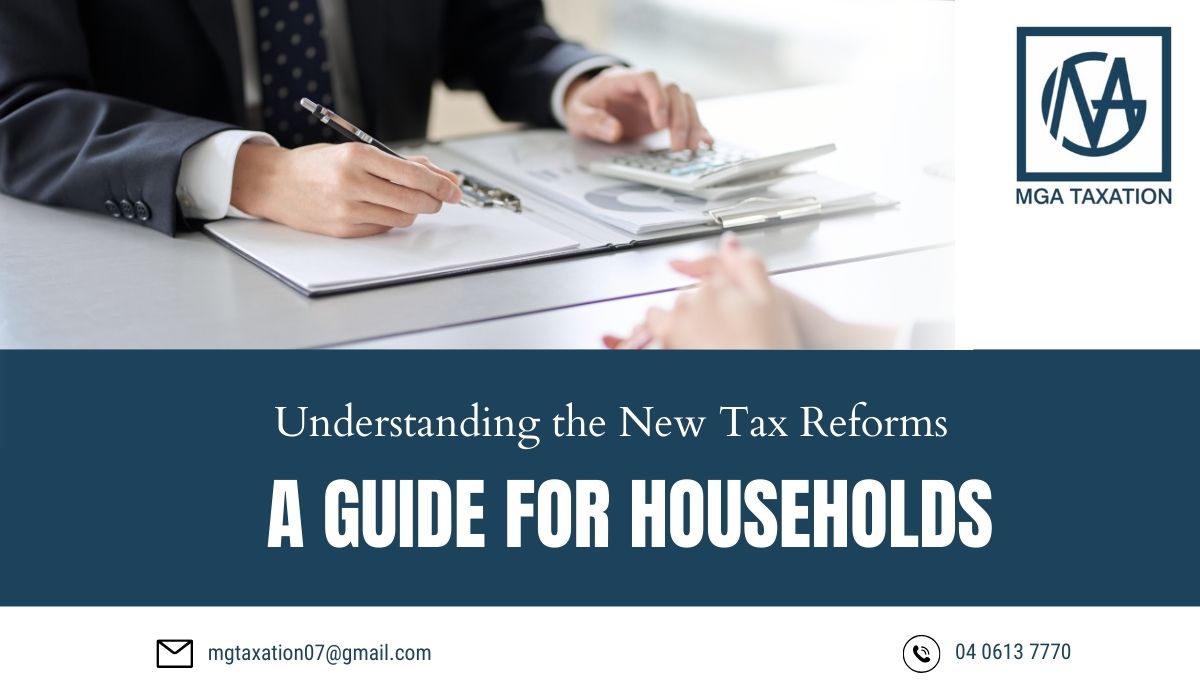The government has legislated a new round of tax reforms set to take effect from July 1, 2026. These changes build on earlier tax cuts and are designed to provide relief for households across the income spectrum. While the full impact will be felt in the coming years, here’s what the key reforms mean for you.
New Tax Rate Reductions
The most significant change is a phased reduction of the lowest income tax rate. This move is aimed at combatting bracket creep, which occurs when inflation pushes a person into a higher tax bracket despite their real income remaining the same.
The changes are as follows:
- From July 1, 2026, the 16% tax rate on taxable income between $18,201 and $45,000 will be reduced to 15%. This will provide an additional tax cut of up to $268 for taxpayers in this bracket.
- From July 1, 2027, this rate will be further reduced to 14%. This brings the total additional savings up to $536 per year.
For an average earner, these new cuts, combined with the earlier reforms that took effect in July 2024, are projected to result in a total annual tax cut of around $2,548 by 2027–28, which is about $50 per week.
Standard $1,000 Tax Deduction
To simplify the tax return process for millions, the government is introducing a standard $1,000 tax deduction for work-related expenses, starting from the 2026-27 financial year.
- How it works: Instead of itemizing every small expense like travel or home office costs, you can simply claim a flat $1,000 deduction. This is particularly beneficial for those who have minimal work-related expenses or want to avoid the hassle of keeping receipts.
- Keep your records: It’s important to remember that this is an optional alternative. If your total work-related expenses exceed $1,000, you can still choose to itemize your deductions as you currently do. For this reason, keeping accurate records remains a good practice, especially if you have significant work-related costs. A registered tax agent can guide you on whether the flat deduction or itemized claim will save you more.
Broader Cost-of-Living Relief
These tax changes are part of a wider package of measures designed to ease financial pressure on households. Other key initiatives include:
- Increased Medicare Levy Thresholds: Starting from July 1, 2024, the government is raising the low-income thresholds for the Medicare levy. This means more than one million people on lower incomes will be exempt from paying the levy or will pay a reduced rate.
- Energy Bill Relief: The government has extended the energy bill rebate for households and small businesses through the end of 2025, providing a total of $150 in relief in two quarterly payments.
- Student Debt Reduction: From June 1, 2025, student loan balances (like HELP/HECS) will be reduced by 20%, with the minimum repayment threshold also increasing from July 1, 2025. This provides significant relief for graduates.
These reforms represent a continued effort to put more money back into the pockets of households, aiming to boost disposable income and provide a tangible difference in managing the rising cost of living.
Professional Guidance on Tax Changes
Understanding how these reforms impact your personal situation can be complex. That’s why many Australians seek help from a tax consultant to ensure they’re making the most of available deductions and benefits. For professionals, keeping up with tax agent registration requirements ensures compliance while providing up-to-date strategies for clients.
If you’re preparing your finances for the next financial year, you may also find our EOFY Tax Checklist for Melbourne Businesses 2025 helpful.
At MGA Taxation, our experienced tax return agents provide tailored advice and strategies to help you take advantage of these reforms. We combine deep expertise with a client-first approach to ensure your financial position is optimised. You can reach us at 61 406 137 770, 61 494 195 311 to schedule a consultation with one of our specialists.


